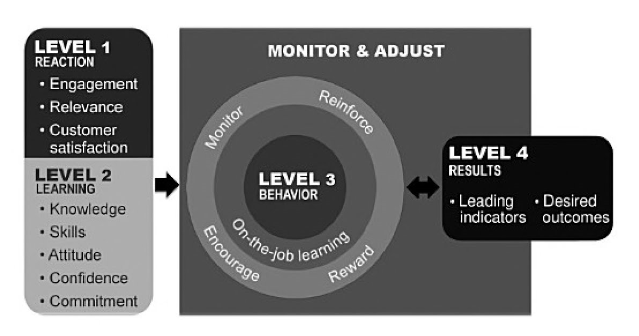Much has been written about exam-based only vs. project-based Six Sigma Green and Black Belt certification.
The International Society of Six Sigma Professionals (ISSSP) knew that any accreditation program involving ISSSP must require the completion of real world projects for Lean Six Sigma / Six Sigma Green Belt and Black Belt certifications. The Accreditation Advisory Committee (AAC) members discussed their roles in the Six Sigma industry and came up with some minimum requirements that they would expect from a quality Six Sigma training provider or potential employee. In the end, the AAC and the Board concurred with other credible organizations, which have concluded that an ATO should provide training combined with the completion of a real world project to demonstrate the student's proficiency at the belt level sought. Whether the project is completed within the individual's workplace or as a volunteer within a non-profit organization doesn't make a difference in the student's ultimate demonstration of capabilities.
Through the years it has been determined that with Six Sigma, while exams assess the trainee’s grasp of a body of knowledge typically through multiple choice and/or true-false questions, only a real world project within the workplace or as a volunteer, which is reviewed by a certified Master Black Belt, can determine the student's ability to deliver satisfactory results that would earn the new belt designation (i.e. an improved process at the level in question that provides a soft or hard money savings).
This stance is based on several highly regarded organizations' opinions, academic papers, and most importantly, employer preferences for demonstrated real world examples. The following is just one academic example:
Note: This short paper is based on the work of Donald L. Kirkpatrick as discussed in his 1994 first edition, Evaluating Training Programs: The Four Levels.
From the back dust cover to the first edition:
“In 1959 Donald Kirkpatrick developed a four-level model for evaluating training programs. The "Kirkpatrick Model" has since become the most widely used approach to training evaluation in the corporate, government, and academic worlds.”
Since then the third edition was published in 2006 and co-authored with his son, James D. Kirkpatrick.
Donald Kirkpatrick's Four Levels work was updated and published in 2016 by James and his wife Wendy: Kirkpatrick’s Four Levels of Training Evaluation. We reproduced Figure 2.1, entitled "The New World Kirkpatrick Model" from their new book.
Here are the Four Levels as described by Donald Kirkpatrick in Chapter 3 of his first edition.
Level 1 – Reaction
Level 2 – Learning
Level 3 – Behavior
Level 4 – Results
While all levels are important, it is Level 4 – Results that adheres to in focusing on project-based accreditation for training providers.
Reaction: “… evaluation on this level measures how those who participate in the program react to it.”
This is the so-called “smile sheet” immediately used by participants to evaluate their training experience.
Learning: “Learning can be defined as the extent to which participants change attitudes, improve knowledge, and/or increase skill as a result of attending the program.”
Behavior: “Behavior can be defined as the extent to which change in behavior has occurred because the participant attended the training program.”
Results: “Results can be defined as the final results that occurred because the participants attended the training program. The final results can include increased production and/or severity of accidents, increased sales, reduced turnover, and higher profits and return on investment.”
Results can only be measured from a participant’s behavior applied to a project in the workplace!
As Kirkpatrick makes clear, on page 21, first edition, “None of the levels should be bypassed simply to get to the level that the trainer considers most important.” The “smile sheet” and the exam measure Reaction and Learning respectively. But in our opinion, the project best measures Behavior and Results.
This is echoed in Implement Consulting Group’s August 2015 article, Measuring the Impact on Training.
They aptly describe Kirkpatrick’s Level 4 as “Business impact is the effect on the business or environment by the participant as a result of the completed training programme.”
This can only be assessed by project applications.


